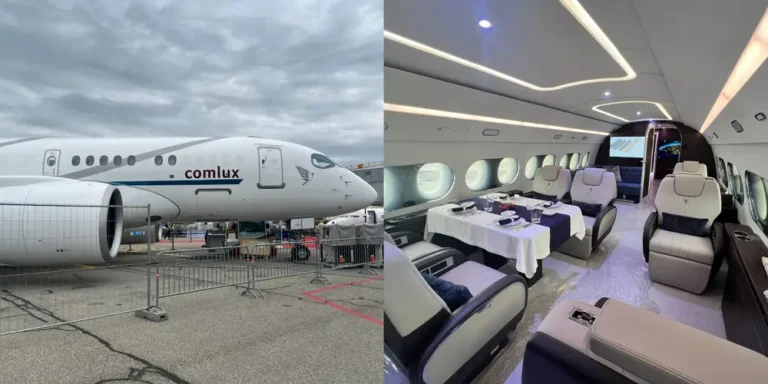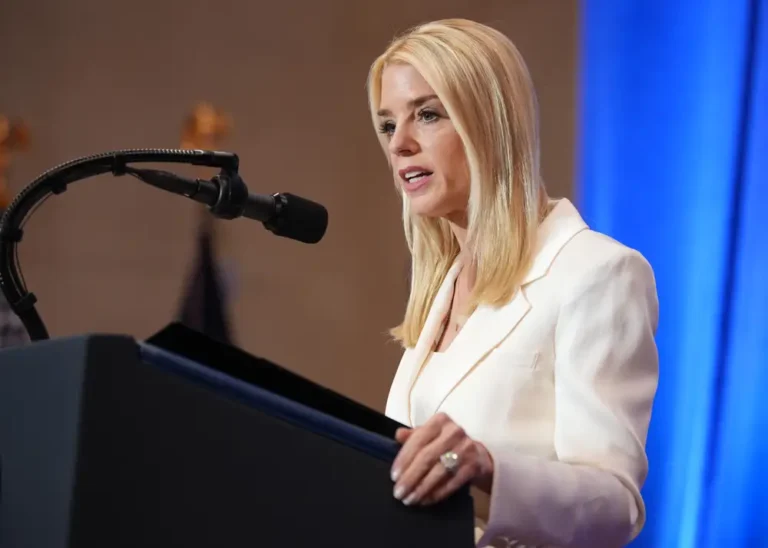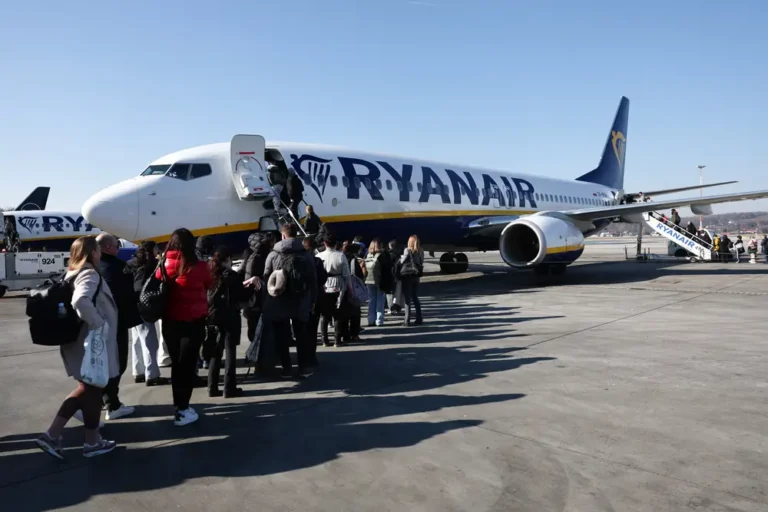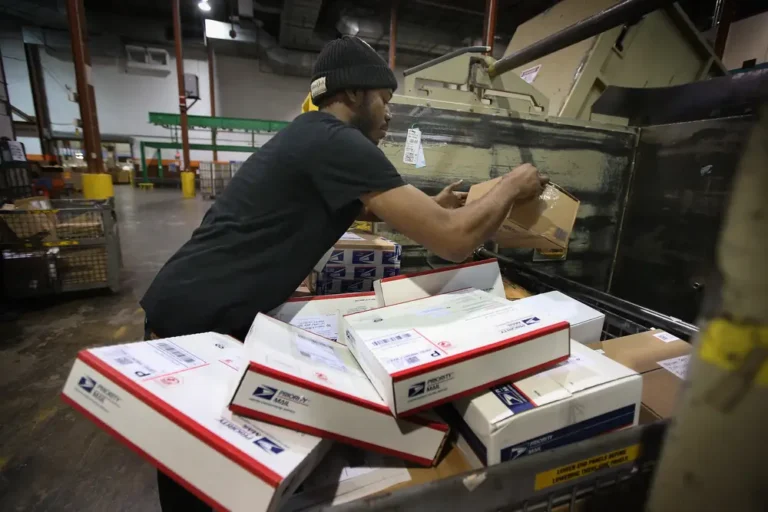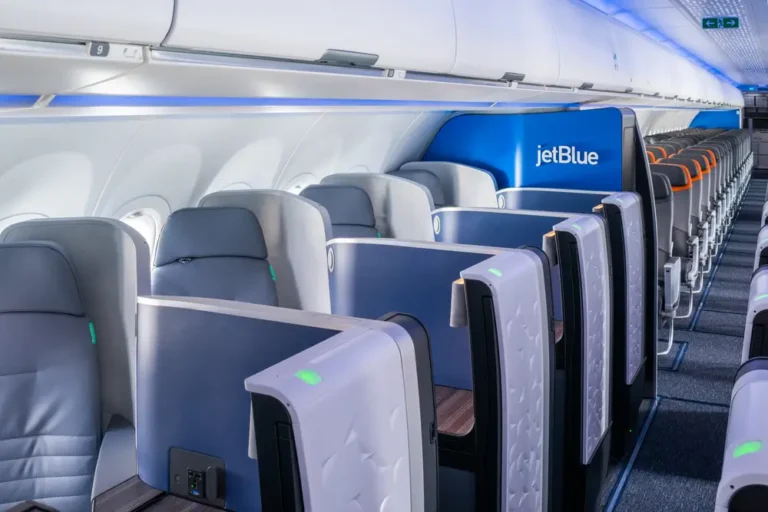6 interesting things Elon Musk said about the Cybercab during Tesla’s earnings call
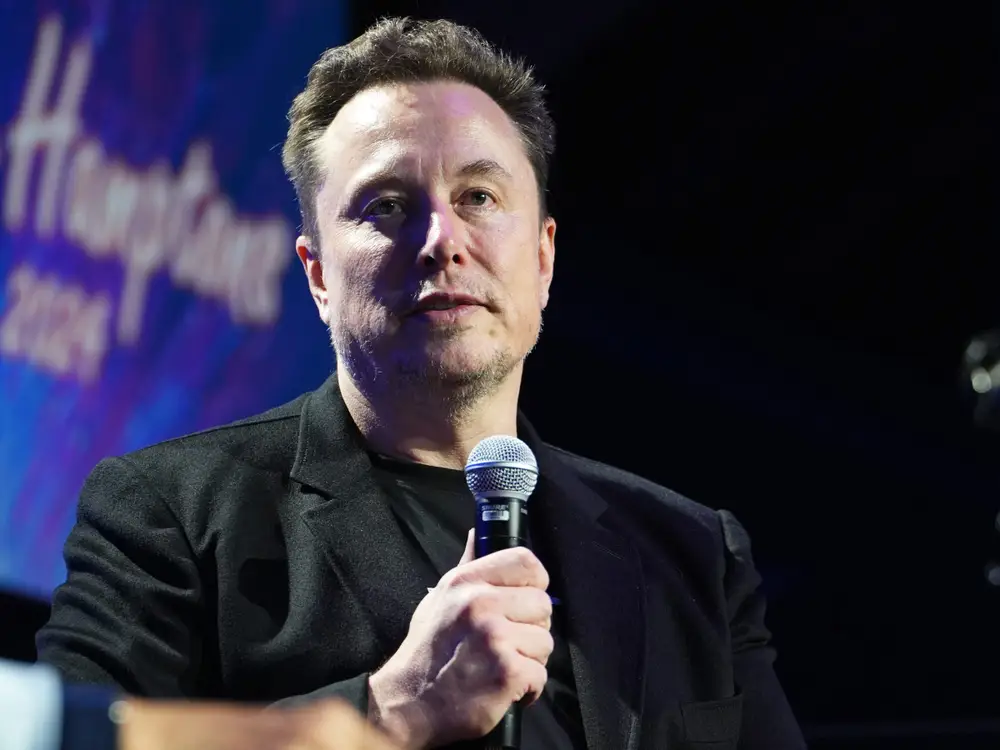
Elon Musk said Tesla’s Cybercab will reach volume production in 2026.
It’s been less than a month since Elon Musk unveiled the Tesla Cybercab, an autonomous robotaxi without a steering wheel or pedals, at the company’s “We, Robot” event.
Wall Street analysts looked to Tesla’s third-quarter earnings on Wednesday for more details on the upcoming vehicle and its corresponding ride-hailing app, which is a key part of Musk’s vision for a “robotaxi fleet.”
During a call with analysts, Musk talked more about what’s coming for the Cybercab and his thoughts on when Tesla could offer its first autonomous rides, pending regulatory approval.
Here are the major takeaways.
Musk says Cybercab will reach volume production in 2026
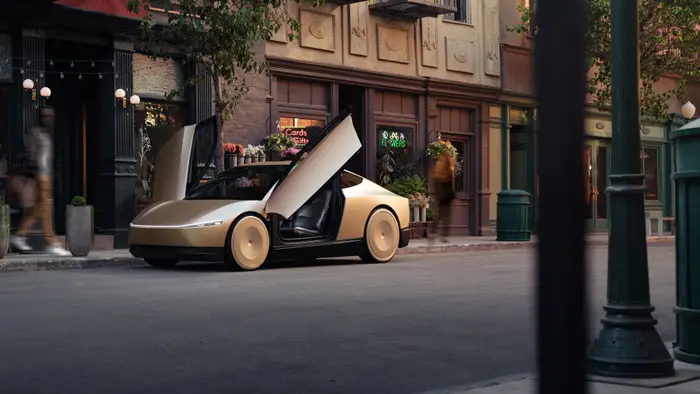
Tesla’s Cybercab was first shown off at the company’s “We, Robot” event on October 10, 2024.
Musk said during the analyst call that he feels “confident” that Cybercabs will reach volume production in 2026.
“I do feel confident of Cybercab reaching volume production in ’26, not just starting production, reaching volume production in ’26,” he said.
The company will need regulatory approval to operate the Cybercab, and Musk said he expects to get such approval next year in Texas and California, which would also allow it to roll out its ride-hailing app.
Speaking to Tesla’s overall vehicles business, Musk estimated 20% to 30% growth in vehicle sales next year “notwithstanding negative external events.”
Tesla aims to produce at least 2 million Cybercabs a year
Musk said in the call that Tesla wants to produce a “substantial” amount of robotaxis every year.
The Tesla CEO said, “We’re aiming for at least 2 million units a year of Cybercab. That will be in more than one factory, but I think it’s at least 2 million units a year, maybe 4 million ultimately.”
Musk hedged, calling these numbers his “best guesses.”
Musk says the Cybercab will cost ‘roughly $25,000’
When Musk first showed off the Cybercab at the “We, Robot” event, he said the company expected to sell it for “below $30,000.”
On Wednesday’s earnings call, Musk said it’ll cost “roughly $25,000.”
“What we designed is optimized for autonomy,” Musk said. “It will cost on the order of — cost roughly 25K, so it is a 25K car. And you can, you will be able to buy one exclusively if you want. So, it just won’t have steering wheels and pedals.
Tesla isn’t making a version of the Cybercab with a steering wheel or pedals
If you were hoping for a more traditional sub-$30,000 Tesla car with a steering wheel and pedals, it won’t be the Cybercab.
“So, I think we’ve made very clear that we’re — the future is autonomous,” Musk said in response to a question about when to expect a $25,000 non-robotaxi vehicle.
Musk said having a regular $25,000 model would be “pointless,” and that a “hybrid, manual, automatic” vehicle wouldn’t be “as good” as an autonomous version. Musk said Tesla is designing a vehicle that is “optimized for autonomy.”
Musk says riding in the Cybercab is ‘like being in a personal movie theatre’
Musk said Tesla will keep expanding offerings on Tesla car screens and once full autonomy is reached, “you can do anything you want” while in the vehicle because it will be driving on its own.
Musk gave examples like browsing the internet, asking AI questions, watching a movie, playing a video game, or doing some “productivity thing.”
“So that’s why the Cybercab got a nice big screen and a great sound system so you can watch it, watch a great movie,” Musk said.
The machine making the Cybercab ‘revolutionary,’ Musk says
Musk said Tesla is “designing a lot of high volume production,” and also designing the “machine that builds the machine,” which he said is “revolutionary.”
“It’s not, it’s especially not just a revolutionary vehicle design, but a revolution in vehicle manufacturing that is also coming with the Cybercab,” Musk said. “The cycle time, like, the, the units per hour of the Cybercab line it is — like, this is just really something special.”
Musk said the machine that builds the machine is designed to be five times better than a traditional factory in terms of cycle time.
Tesla said that it’s done a good job combining factors like who’s going to make the vehicle, where it will be made, how it will be shipped, and how it will be assembled to be “the most efficient factor possible.” That will show in Tesla’s capital expenditures efficiency when it’s deployed, as well as the number of parts chosen and how it performs, the company said during the call.

